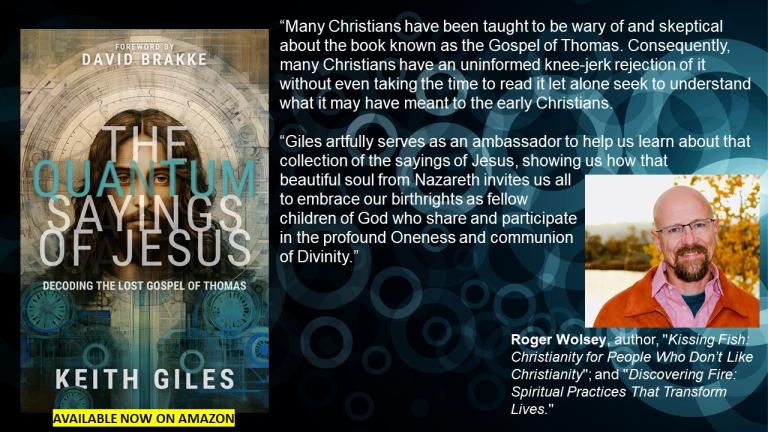
If you’ve ever wondered, “Does this whole nonviolence thing actually work?” then join the club.
The question feels familiar, like the doubt that lurks behind every call to love our enemies or turn the other cheek.
It’s a fair question, too. After all, how effective can nonviolence be in the face of real-world brutality?
The assumption we often make is that violence works. It’s the default way many people believe oppressive regimes are overthrown, tyrants deposed, and people freed from brutality.
But what if the opposite were true? What if nonviolence worked just as well—or better?
Let’s take a look.
Misconceptions About Nonviolence
One major misconception is that nonviolence is ineffective simply because we haven’t seen it used in the most notable historical conflicts. Think of World War II: the Nazis steamrolled most of Europe, and violent resistance seemed to be the only way forward.
But in places like Denmark, Holland, and Norway, where nonviolent resistance did occur, the Nazis struggled to counter it. Danish citizens, for instance, successfully hid nearly all their Jewish population from Nazi deportation.
Nonviolent strategies—boycotts, slowdowns, and hidden networks—created spaces of safety and resistance even under totalitarian rule.
Military theorist B.H. Liddell-Hart found that Nazi generals were frequently baffled by these nonviolent responses. They had no strategy to handle civilians who refused to cooperate yet didn’t take up arms.
As historian George Paxton documents, these pockets of peaceful defiance were diverse and innovative. Marches, underground newspapers, symbolic resistance, and the clandestine work of organizations like the White Rose group in Germany all showed that nonviolence could, and did, make an impact.
The Power of “People Power”
Erica Chenoweth, a prominent researcher on civil resistance, delves into why nonviolent campaigns succeed. In her analysis of over 300 cases of civil resistance from 1900 to 2006, she discovered that nonviolent campaigns were nearly twice as likely to succeed as violent insurgencies.
Why? Nonviolent movements tend to attract larger and more diverse groups of people who feel comfortable participating without the intense commitment that armed resistance demands.
Chenoweth’s research found that even under extreme repression, nonviolent movements remained more effective than violent ones.
Nonviolent campaigns are simply harder to dismantle because they don’t rely on a single leader or a handful of weaponized operatives; they engage everyday people who are committed to long-term, sustainable pressure on their oppressors.
Nonviolence in Action: Success Stories
Real-world examples offer some compelling evidence. In 2003, Leymah Gbowee led thousands of women in Liberia—Christian and Muslim alike—to confront their country’s civil war with peaceful demonstrations and relentless public pressure. Their nonviolent protests eventually forced then-President Charles Taylor to attend peace talks, leading to a peace agreement after 14 years of violence. [See the documentary “Pray The Devil Back To Hell”]
Similarly, the People Power Revolution in the Philippines ousted dictator Ferdinand Marcos in 1986 through widespread, sustained nonviolent resistance.
Other movements in Serbia, Chile, Poland, and Hungary have shown that nonviolent action can bring about lasting change, often establishing more stable democracies than violent overthrows.
Why Nonviolence Succeeds
The success of nonviolence isn’t magical—it’s strategic.
Nonviolent movements leverage “people power” to destabilize the pillars that prop up oppressive systems. Governments rely on the cooperation of economic elites, security forces, bureaucrats, and everyday citizens to maintain control. When these groups withdraw their support, the government’s power weakens. Nonviolent movements excel at disrupting this foundation, prompting defections and shifts within the establishment that can lead to profound change.
Another reason nonviolent campaigns succeed is because they can evoke public sympathy. When governments use violence against peaceful protestors, it often backfires, attracting more support to the cause.
Nonviolent campaigns also have greater flexibility. They can alternate between highly visible actions—like marches and protests—and subtler forms of resistance, like boycotts or slowdowns.
Shifting the Myth of Redemptive Violence
Despite overwhelming evidence that nonviolence works, the myth of “redemptive violence” remains powerful. It’s ingrained in many cultures as the idea that violence is a necessary evil to achieve justice or peace. But the reality is more nuanced. History is filled with examples where violence leads to cycles of retaliation, instability, and suffering. By contrast, nonviolent resistance not only achieves its goals but often fosters longer-lasting peace.
Can We Break the Cycle?
Changing minds is no small task, but it starts by sharing stories of nonviolent courage and success. Each example challenges the belief that violence is the only solution and encourages us to believe in, and act upon, the power of peaceful resistance.
Does nonviolence work? History and research both give a resounding “yes.”
But it’s up to us to embrace and spread that knowledge.
Only then can we start to dismantle the myth that violence is the only path to justice and begin to see nonviolence as a powerful, proven tool for change.
NOTE: For more on this please read my book JESUS UNARMED: How The Prince of Peace Disarms Our Violence on Amazon now.
**

The newest book from Keith Giles, “The Quantum Sayings of Jesus: Decoding the Lost Gospel of Thomas” is available now on Amazon. Order HERE>
Keith Giles is the best-selling author of the Jesus Un series. He has appeared on CNN, USA Today, BuzzFeed, and John Fugelsang’s “Tell Me Everything.”
He co-hosts The Heretic Happy Hour Podcast and his solo podcast, Second Cup With Keith which are both available on Spotify, Amazon, Apple, Podbean or wherever you find your podcast fix.













